
This Is the Smartest Way to Water Your Garden (And It Will Save You Time and Money)
It’s time to get water-wise!
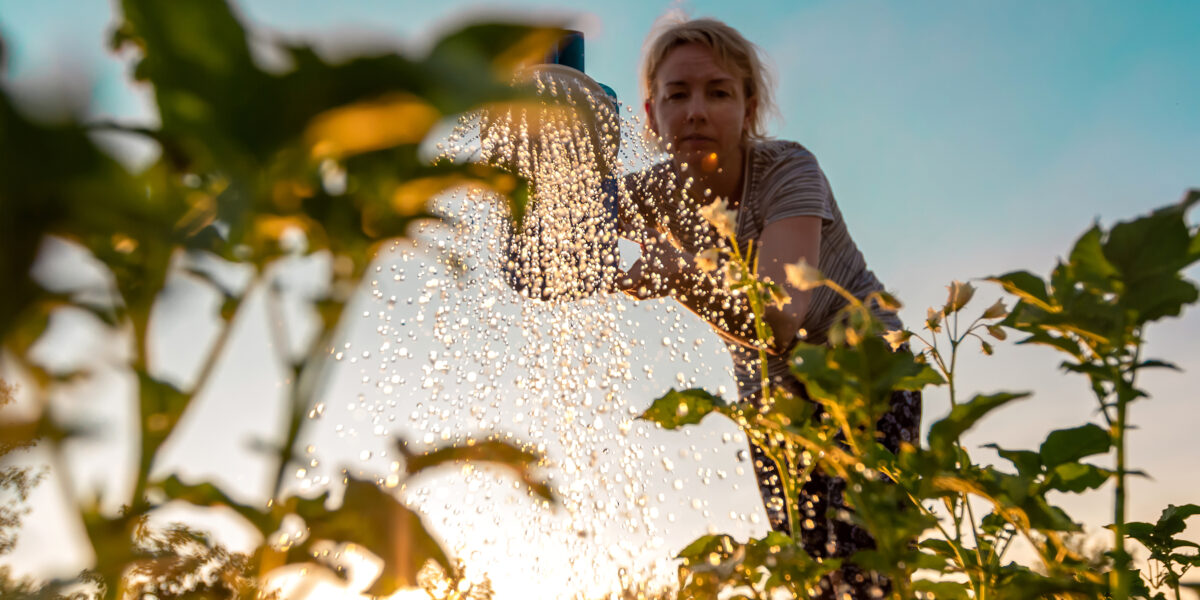
rbkomar/Getty Images
This article is part of our new 8-week, limited edition newsletter series, The Low-Water Gardening Guide, where we’ll walk you through what it takes to create a sustainable garden, from swapping in the appropriate plants to new irrigation methods to the tools you’ll need and more. Sign up here to get each installment straight to your inbox.
We’re full speed ahead on our low-water journey and hopefully you’ve been inspired to remove your lawn, add more drought-resistant plants, or even start saving precious rain resources for future use. But what about those weekly watering habits? Perhaps you’ve recently run a usage analysis and feel like your numbers could be smaller, or you have new native plants that need a swap from sprinklers to drip. Or maybe you’re just looking for new ways to lower your bills. No matter your goal, there are plenty of smart ways to hydrate your home plot and we’re here to make that process feel a little less challenging.
Whether you’ve got a large lot filled with new plantings or just a single raised bed sprouting with spring veggies, read on for our favorite solutions and gear guaranteed to cut down irrigation use no matter your garden size.
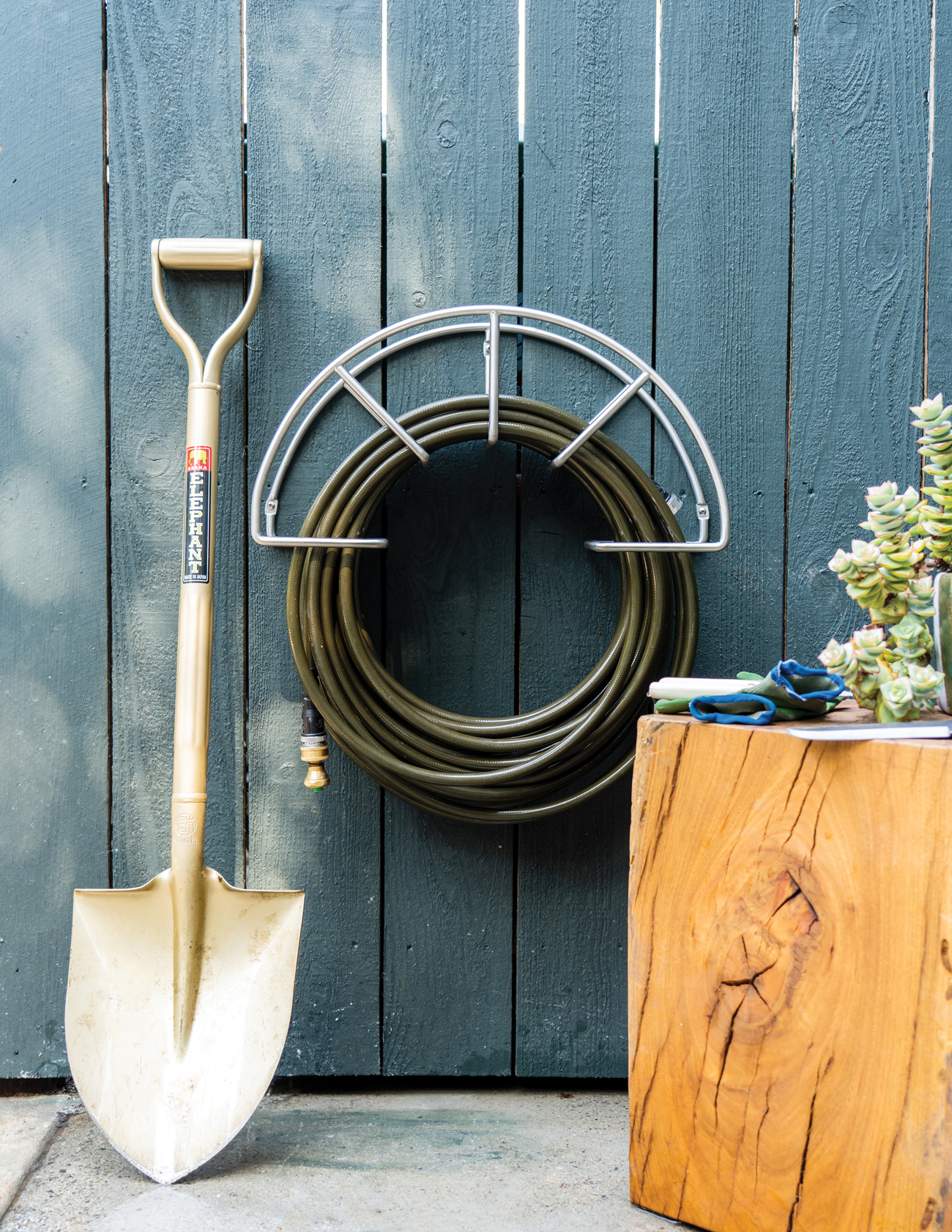
Thomas J. Story
How to Conserve Water in the Garden
1. First Things First, Troubleshoot
Let it be known, irrigation is not foolproof! Before integrating any new tech or systems, check for cracks, plugged hoses, or broken heads (not to mention animal punctures) in the spring before the hot and dry summer season of watering is upon us. Run each of your current irrigation zones and watch for pooling water or areas of dryness—oftentimes our systems run early in the morning when we are unaware of necessary maintenance or adjustments.
It’s also helpful to take plant inventory: Walk through your landscape and make note of new plantings in need of irrigation or existing landscaping that might have suffered through previous seasons. The health of your plants will help guide you on specific updates needed.
Lastly, as daunting as it might seem, log onto your local water service and learn about your monthly usage. You might be surprised how clearly most cities organize your data while offering rebates and incentives for your efforts. Look over the last few months of utility reports and note if there were any unusual spikes in usage, which could indicate unseen leaks in need of fixing.
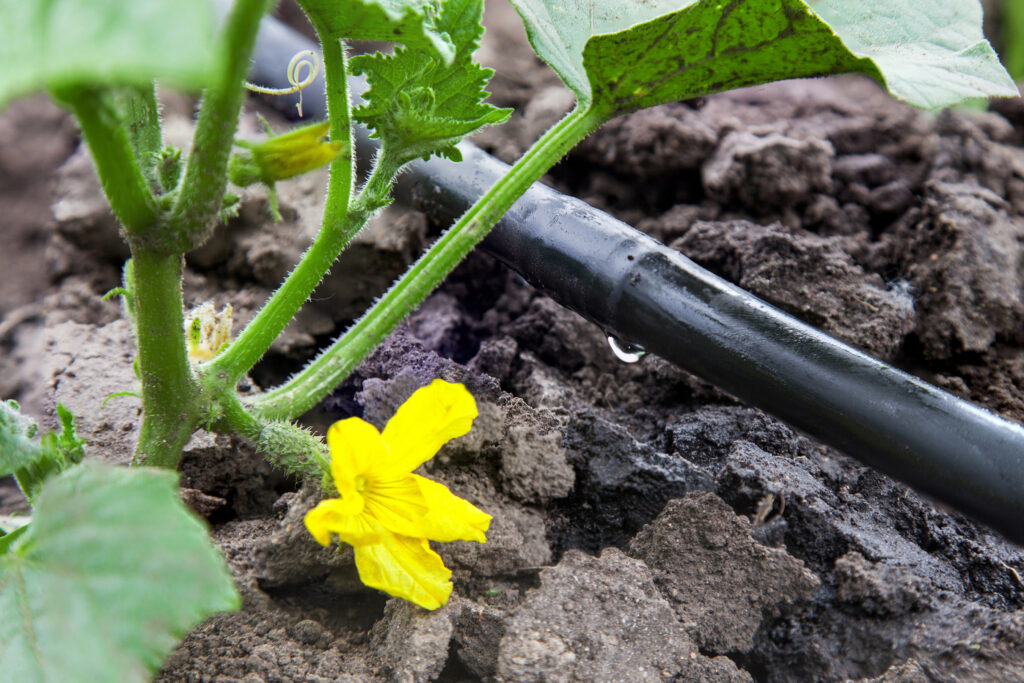
v_zaitsev/Getty Images
2. Try These Smart Methods and Gear for Watering
When it comes to tackling your full landscape, it’s helpful to break down the scene into more manageable chunks that can be solved one zone at a time. While investing in a smart irrigation system that is weather- and moisture-controlled is recommended, we also want to offer other irrigation ideas specific to your plant needs and types—read on for tips that can be incorporated into any setup.
Prioritize Your Trees
Most people don’t realize that trees should actually be your first focus when it comes to allocating drought-time water resources. Not only are trees larger landscaping investments worth protecting, but they also provide shade critical to cooling our homes while releasing oxygen and reducing energy use.
Sprinkler water does not soak deep enough into the soil to reach tree roots due to surrounding ground covers soaking up the water before the tree can get to it—not to mention most trunks end up taking a beating and become prone to disease from being oversprayed. Drip irrigation, soaker hoses, and “tree hugger” watering rings are smarter solutions to deliver those deep drinks. For established trees, it’s recommended to provide deep watering for two hours once every few weeks—just keep an eye out for runoff which means the soil is either saturated or unable to absorb at the speed you’re supplying.
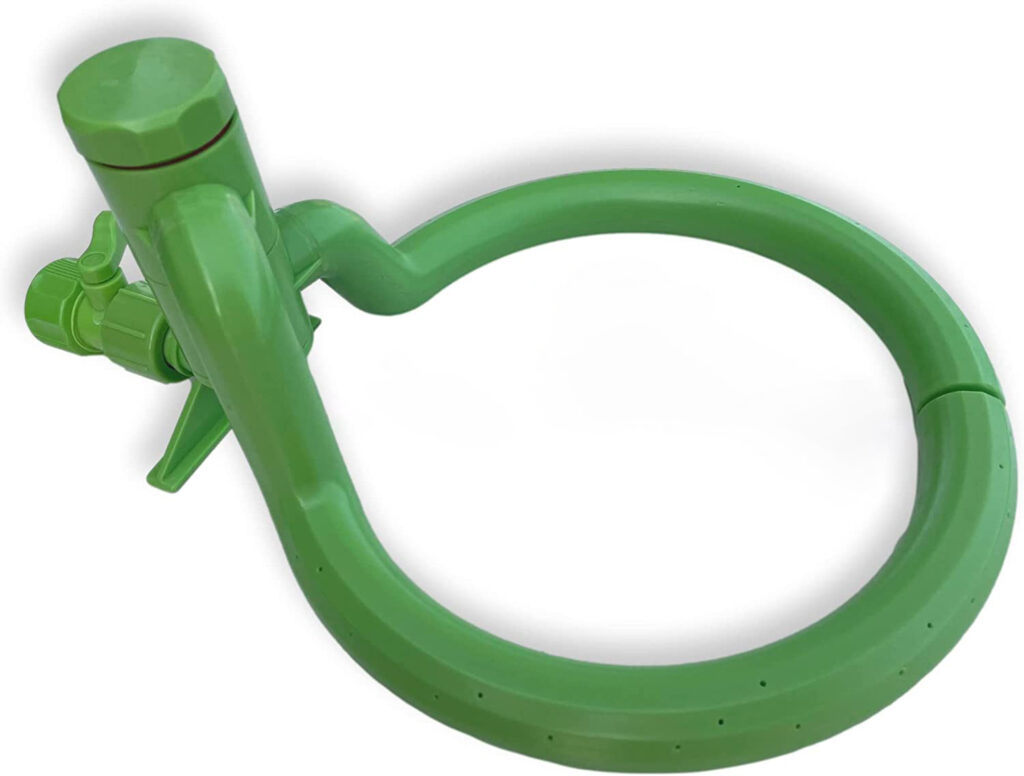
Courtesy of Amazon
Use Shrubbers and Bubblers
Keep in mind that drip is not just for containers and that applying water directly to the soil surface is the most resource-efficient way to irrigate any of your landscaping plants. Drip add-ons such as “shrubblers” and “bubblers” allow you to expand watering options onto your existing drip lines while keeping water use down. These small micro-sprays emit streams of water that can be adjusted anywhere from a basic slow drip to a larger 24-inch spray pattern—offering an easy solution for different types of plants or watering needs each season.
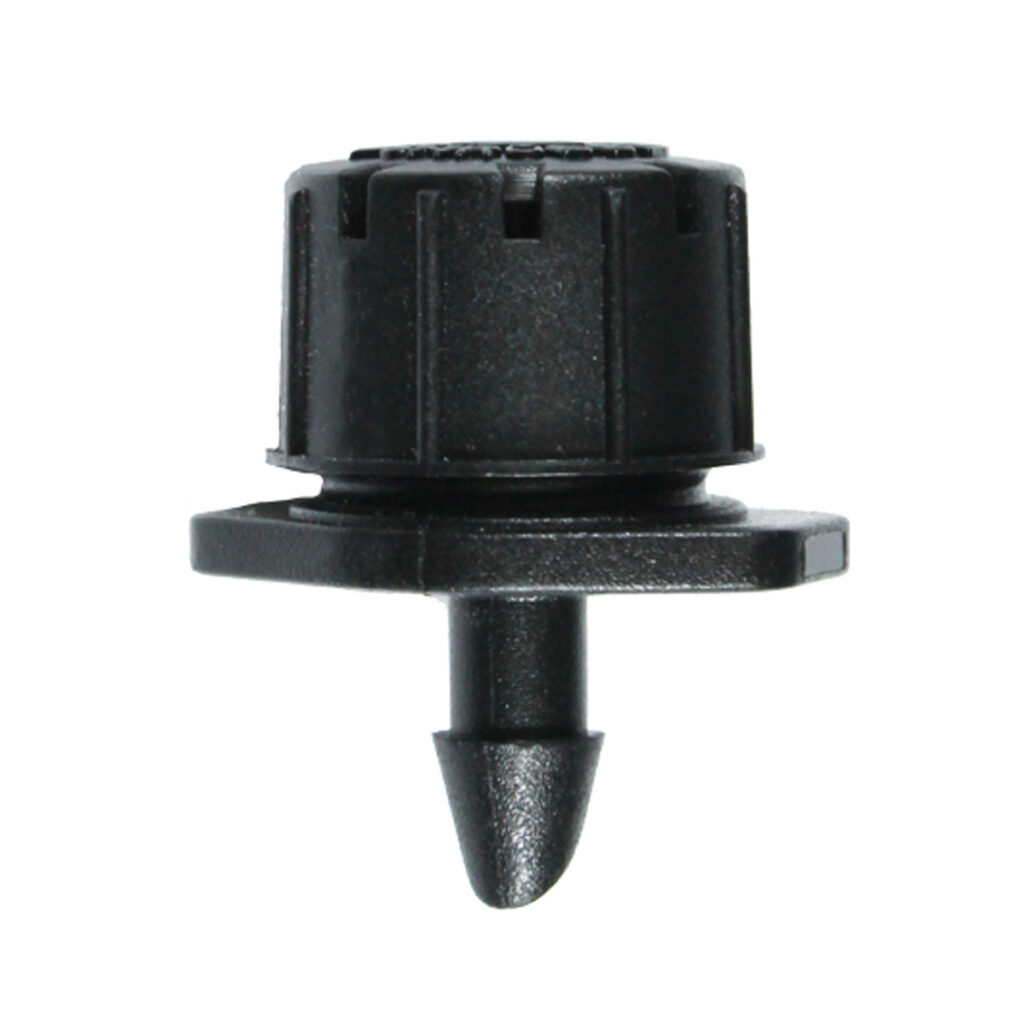
Courtesy of Dripworks
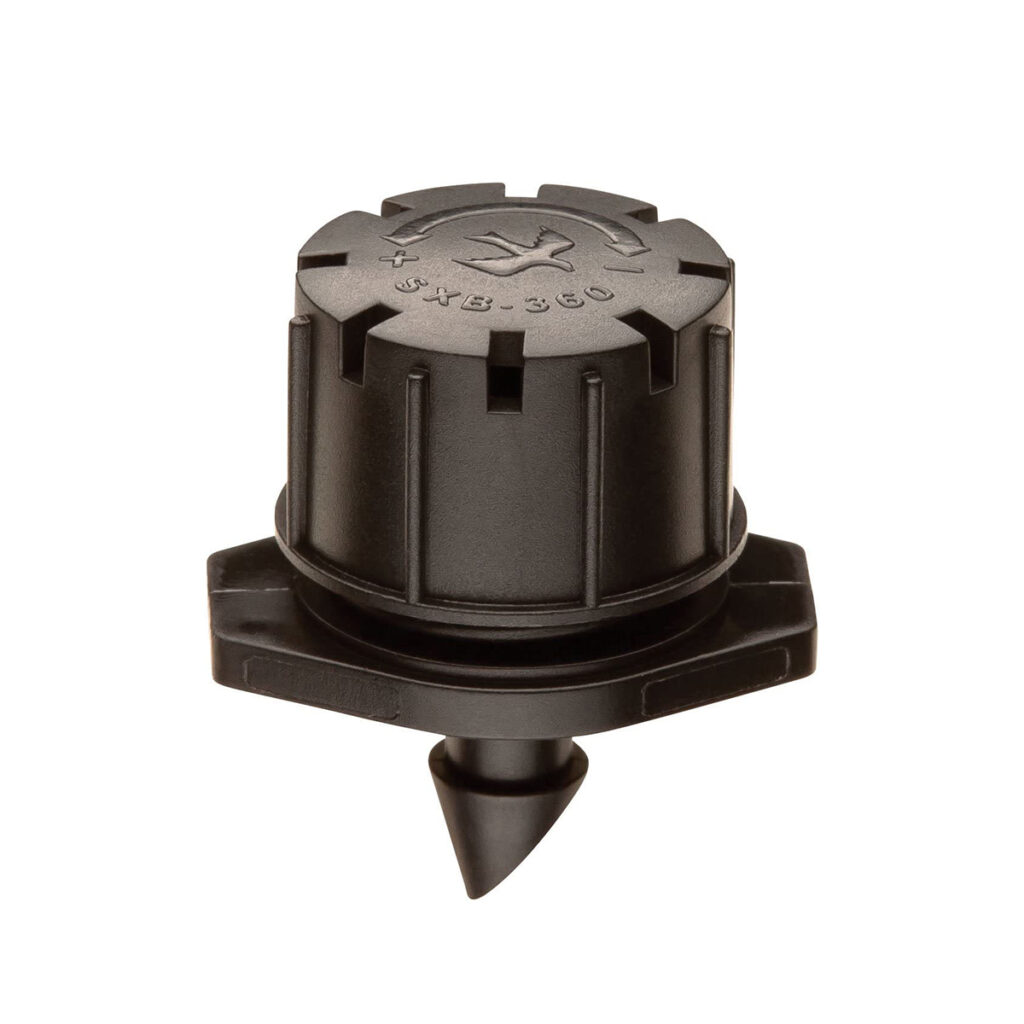
Courtesy of Amazon
Try This Hand-Watering Helper
Is hand-watering your go-to hydration of choice? Turning on the hose is not always a wasteful way to water—when using a Flow Water Meter you take the guessing game out of your water usage. This simple tool screws directly onto your hose and measures gallons used or can be set to limit how much is used per session. This device is especially helpful for watering fruit trees or natives that might require specific watering amounts (i.e. 2-5 gallons) and can be used in tandem with other attachments such as soaker hoses and tree watering rings.
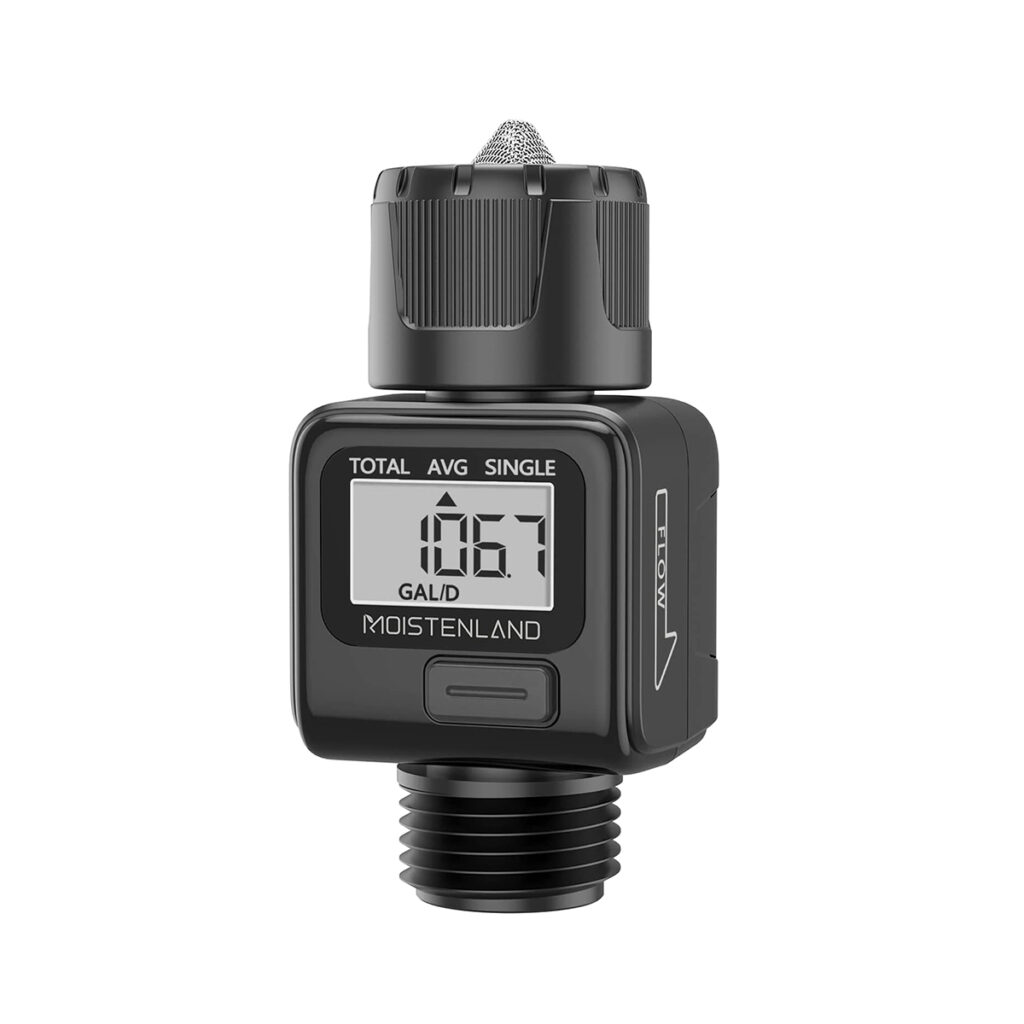
Courtesy of Amazon
3. Water Your Raised Beds Wisely
We all know that drip is the smartest way to saturate thirsty garden beds, with hydration happening deeply at the roots and preventing wasted water over-spray that can lead to pests and disease—but there are a few add-ons to consider that will take your raised bed-watering wisdom to the next level.
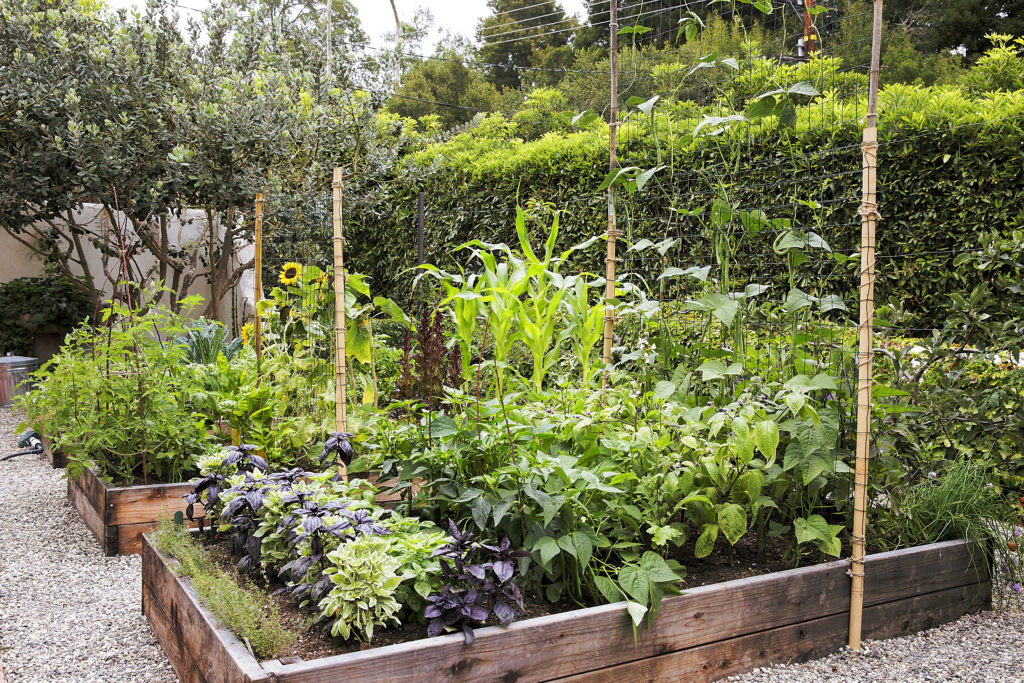
Thomas J. Story
Try Ollas
Not a new irrigation invention by any means, but still worth your consideration. These water-holding vessels are placed under the soil line to deliver water slowly and towards the bottom of your beds, which encourages deeper root growth. These work incredibly well in the cooler seasons and as additional hydration support to drip irrigation during the hotter months.
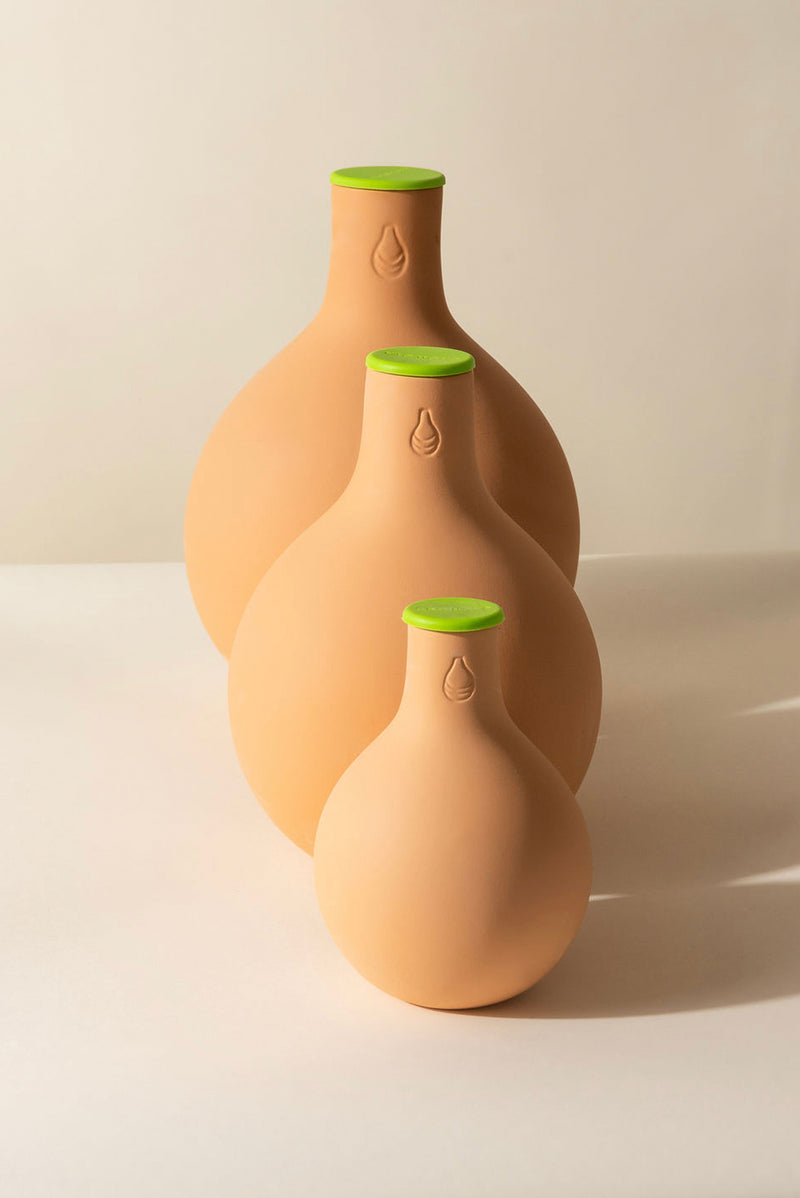
Courtesy of Oya
Use Micro-Sprays
Similar to landscaping shrubblers, there are also micro-spray add-ons for raised beds, where micro-sprinklers are used to focus deeper watering points within your bed or neighboring containers. Think tomatoes or squash that might be interplanted with less thirsty greens or flowers—by attaching a micro spray directly to your drip line, you can deliver more water where it’s needed, making your system customizable for each planting season.
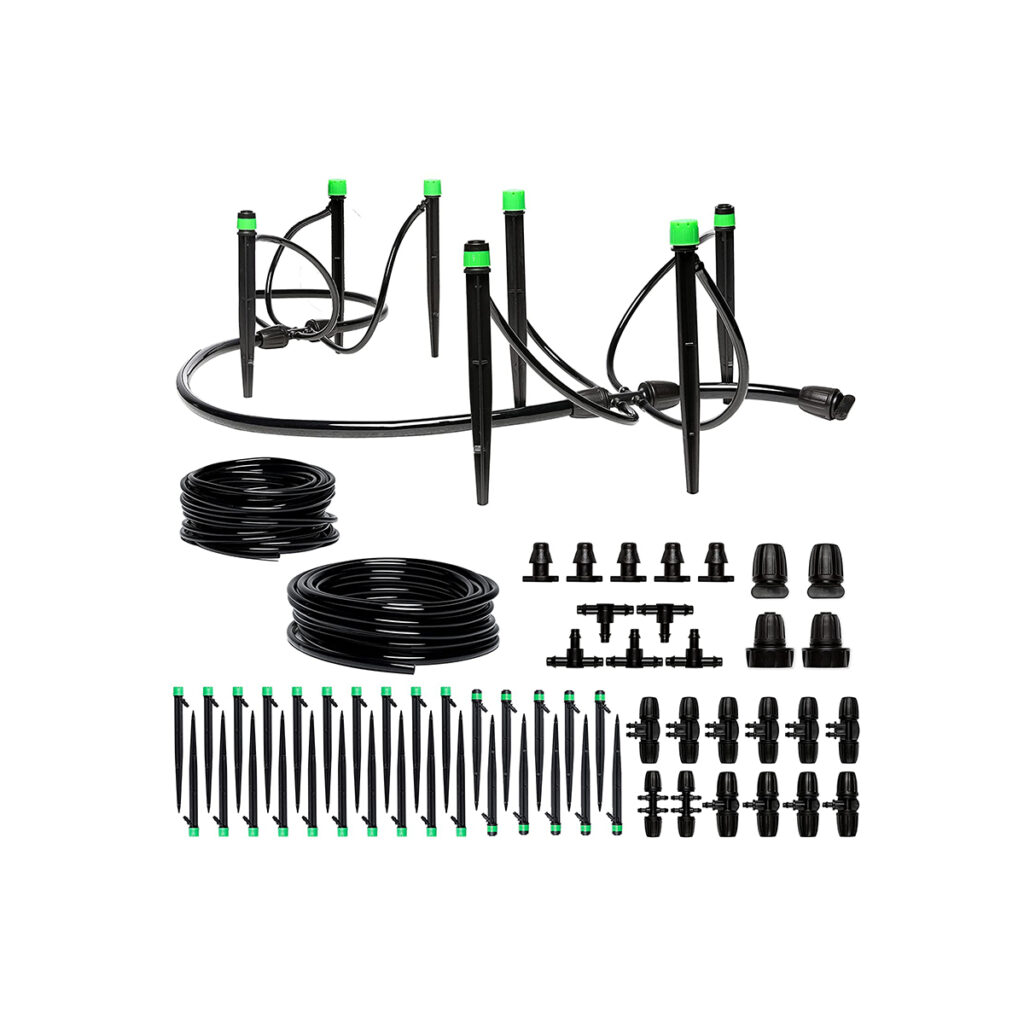
Courtesy of Amazon
Employ Smart Hose Accessories
Just because you don’t have irrigation hard-plumbed into your garden setup doesn’t mean you can’t use tools to water more efficiently. Drip can be easily powered by hose when using the right kit attachments, and when paired with an auto timer, you can save up to 15 gallons per watering session. Double down on your watering duties by using a hose splitter to tackle two beds at once. Being able to do two tasks simultaneously will cut down maintenance time and allow you to enjoy the other things you love about your garden.
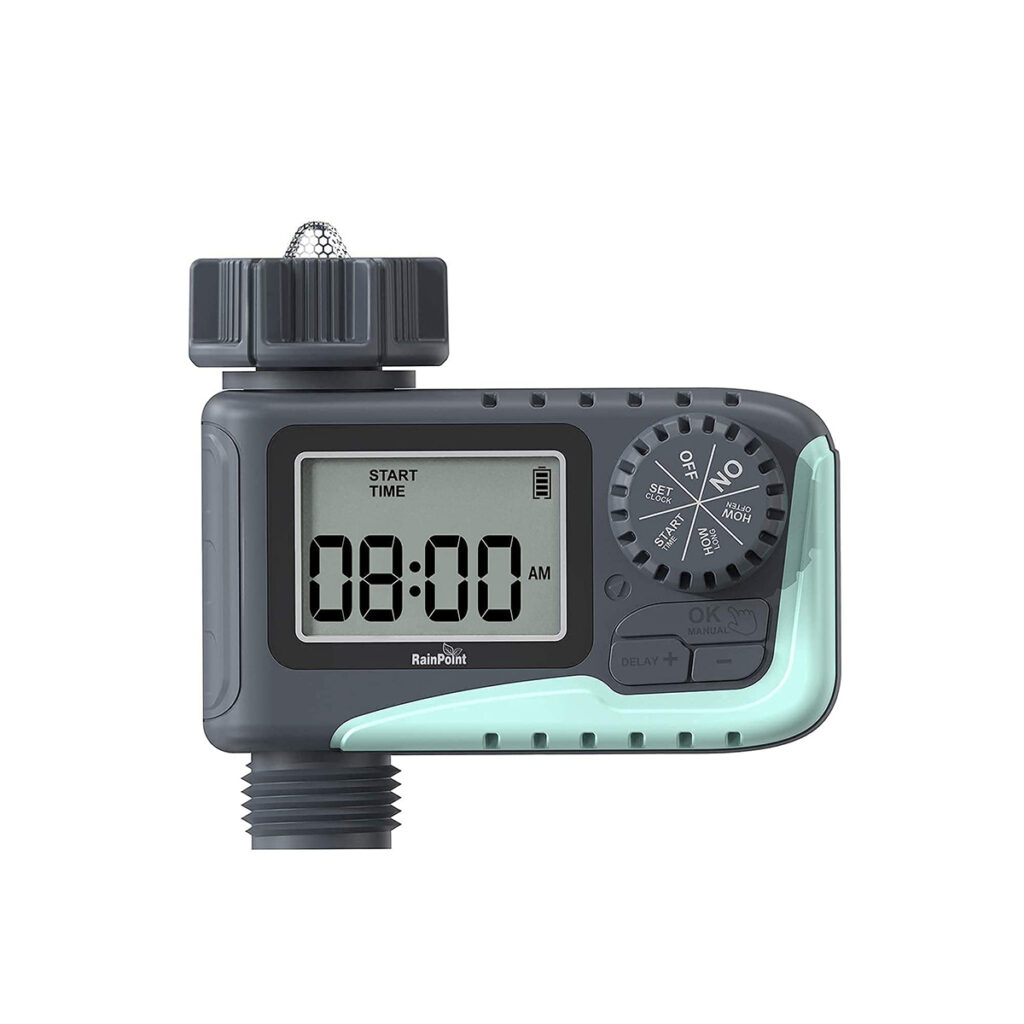
Courtesy of Amazon
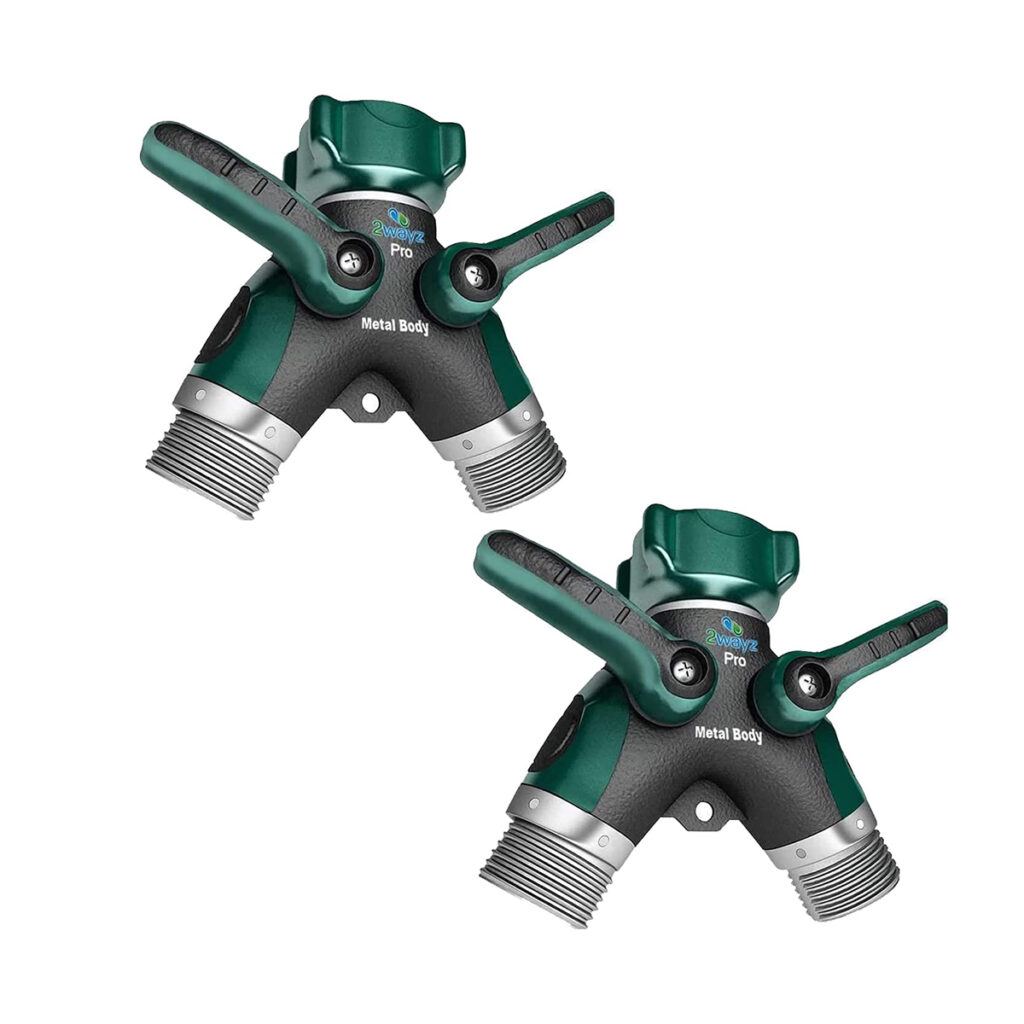
Courtesy of Amazon
4. Plan Your Garden Wisely
Sometimes the smartest water moves require no tools or technology at all! By making proper planting decisions early on, you can build an ecosystem that tolerates less water and works together to promote healthy plants that thrive throughout any season.
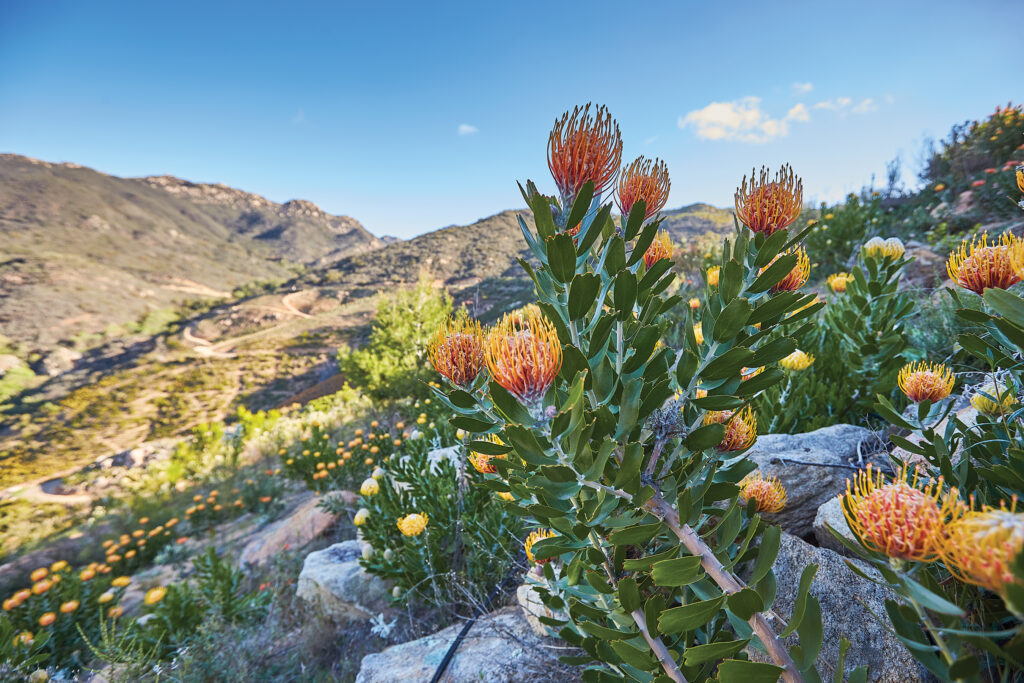
Thomas J. Story
Zero in on Zones
Hydrozoning is the process of grouping like-minded plants together based on their watering needs. This allows you to customize irrigation zones, cut down on unnecessary or over-watering, and ultimately provide your plants the best habitat possible.
Believe the Magic of Mulch
Retain soil moisture and keep your plants in good health: By adding 2-4 inches of mulch around plantings, your roots will grow deeper and have fewer weeds to compete for nutrients—making for healthier plants that will survive hotter summers with less stress.
Throw Some Shade
If there are two things every garden needs more of, it’s groundcovers and shade trees. Both offer protection for the soil and can help lock in moisture while lowering air temperature by 15-20 degrees.
Feeling wiser about water!? We hope you’ve been inspired by these simple solutions to help you grow smarter, healthier gardens without the stress—here’s to a mindful growing season ahead!
We only recommend things we love. If you buy something through our site, we might earn a commission.
Read the Current Issue Here!
Get one year of Sunset—and all kinds of bonuses—for just $29.95. Subscribe now!
